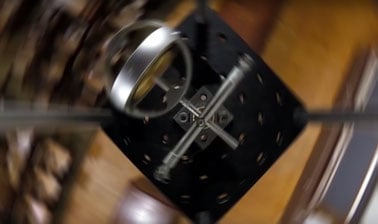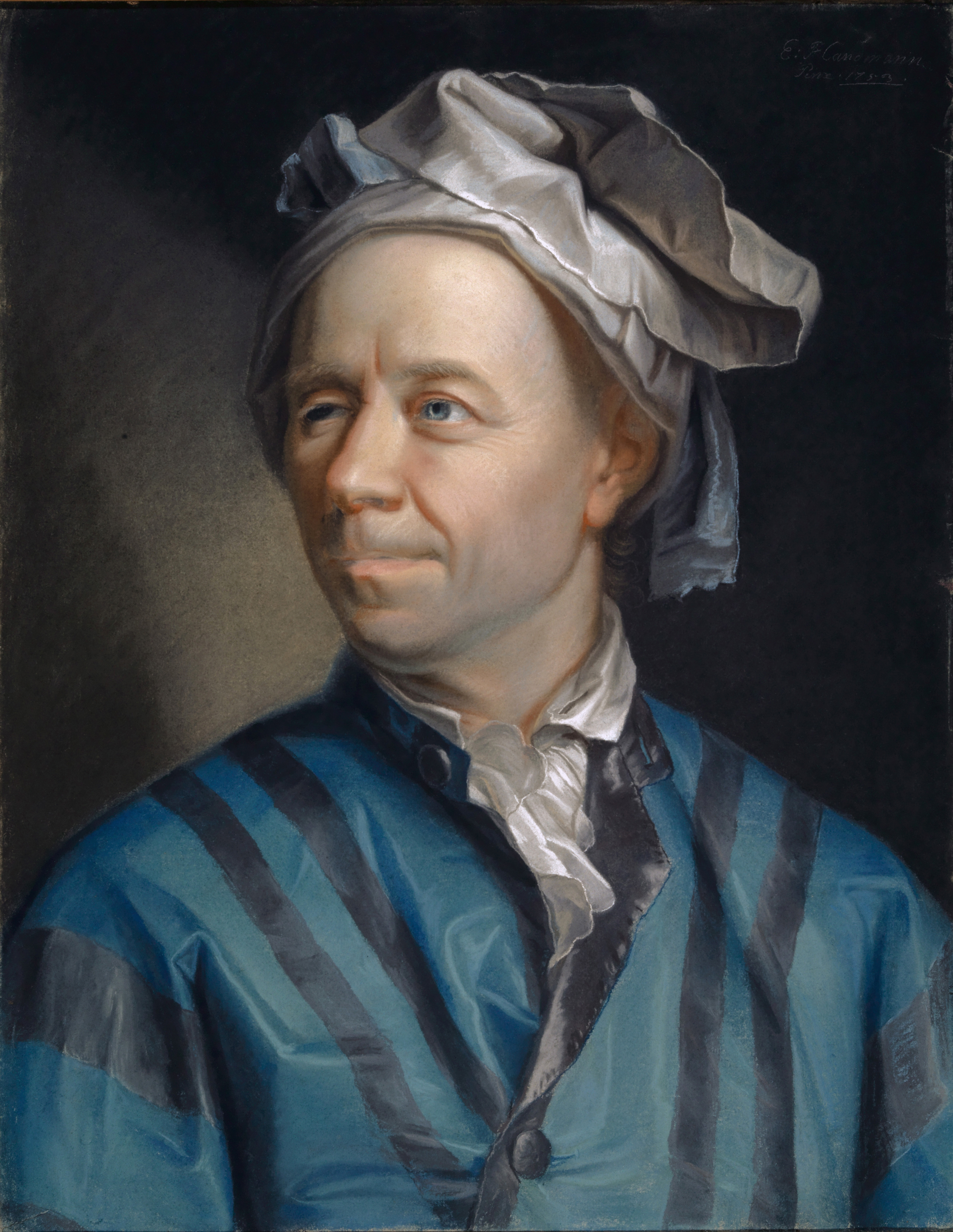The online simulations of uniform rectilinear motion (URM) on this page teach you in a practical way what this motion is like, which despite its simplicity is of great importance for understanding other more complex types of motion. We will discover the URM formulas and look at some typical cases that serve as examples.
What is Uniform Rectilinear Motion (URM)
Uniform rectilinear motion (URM) is a type of motion in which an object moves along a trajectory with a constant velocity. In other words, the velocity of the object does not vary with time throughout the motion. Uniform motion is a fundamental concept in physics and is used as a basis for understanding other, more complex types of motion.
Properties of Uniform Rectilinear Motion (URM)
In uniform motion, the velocity of the object remains unchanged at all times. This means that the acceleration is zero and therefore the object remains on a straight path at constant velocity. That is, the magnitude and direction of the velocity do not change.
Formulas for Uniform Rectilinear Motion (URM)
The URM formulas allow us to calculate the position, velocity, and time of a body moving in a straight line at a constant velocity. The main ones are:
Position formula
x = x0 + v⋅t
where,
x is the final position
x₀ is the initial position
v is the constant velocity
t is the elapsed time
This formula indicates that the final position is obtained by adding the displacement traveled in time to the initial position.
Velocity formula
v = d/t
where,
v is the constant velocity
d is the distance traveled
t is the time taken
The velocity in MRU is always constant, since there is no acceleration.
Time formula
t = d/v
where
t is the time
d is the distance traveled
v is the constant velocity
This allows us to calculate the time it takes for an object to travel a certain distance at a constant velocity.
Examples of Uniform Linear Motion (ULM)
To better understand Uniform Linear Motion (ULM), let’s look at some practical examples in which an object moves in a straight line at a constant speed.
Example 1: A car on a straight road
A car travels on a straight highway at a constant speed of 100 km/h. In 2 hours, it will have traveled:
d = v⋅t = 100⋅2 = 200 km
This case reflects URM because the speed does not change at any time.
Example 2: A high-speed train
A train travels at 300 km/h on a straight track. If it departs from station A and we want to calculate the time it takes to travel 600 km to station B:
t = d/v = 600/300 = 2 h
The train maintains a constant speed, so the MRU is satisfied.
Example 3: A runner on a track
An athlete runs on a straight track at 8 m/s. If after 50 seconds we want to know the distance traveled:
d = v⋅t = 8⋅50 = 400 m
The runner moves in a straight line without changing his pace, so it is also an MRU.
These online uniform motion simulations are very useful to understand this simple but important type of motion.
Explore the exciting STEM world with our free, online simulations and accompanying companion courses! With them you'll be able to experience and learn hands-on. Take this opportunity to immerse yourself in virtual experiences while advancing your education - awaken your scientific curiosity and discover all that the STEM world has to offer!
Simulations of uniform rectilinear motion (URM)
- Boat
- Automobile
- Graphs
Distance and velocity graphs
This simulation allows you to visualize the graphs of speed and distance in a uniform motion with constant velocity. Change the value of the velocity and observe the graphs, can you explain them?
Giants of science
“If I have seen further, it is by standing on the shoulders of giants”
Isaac Newton

Gaspard-Gustave de Coriolis
–

Isaac Newton
–
Become a giant


Mechanics, Part 2



Mechanics, Part 1



Dynamics and Control



AP® Physics 1



AP® Physics 1 – Part 1: Linear Motion



Pre-University Physics



The Basics of Transport Phenomena































